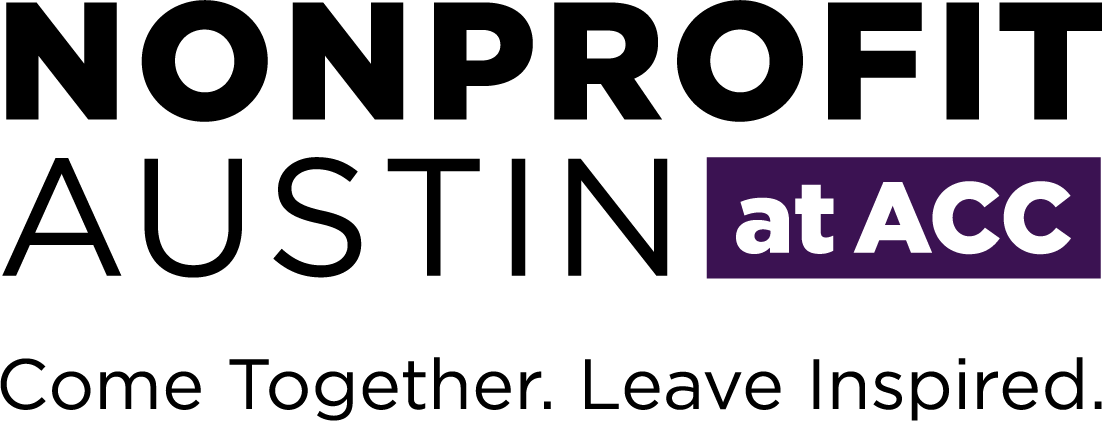Battling Burnout
By Erin Gloeckner
“We are short-staffed.”
“We don’t have enough funds.”
“We can’t afford to pay our employees more.”
If the nonprofit sector had walls, and those walls could talk, they would certainly chant these commonly cited concerns of nonprofit leaders. Doing good is tough work, and consensus shows that many do-gooders face more resource restraints than their private sector peers. With the stress of impressing your manager or your peers, the pressure to produce superb programs, and the weight of scrutiny from regulatory bodies, funders, and the general public, it’s easy to burn out fast. Take a moment to reflect on your level of burnout. Do you ever get caught in cyclical patterns of pessimism when the pressure hits home?
Yesterday my colleague sent me an intriguing article, ‘Stuck in the Middle,’ by Workforce, which describes the professional challenges endured by middle managers who are often pulled in many directions and must focus more on helping others–their subordinates and their bosses–than helping themselves. Countless factors of the mid-level management job cause high stress and burnout, including:
- ‘Wiping noses’ not only at home, but at work, where both subordinates and supervisors are constantly approaching the midlevel manager with more questions and tasks
- Supervising staff from multiple generations, who are often in technical or specialized jobs for which the middle manager personally has little experience
- Feeling disconnected from certain staff teams or organizational functions since the middle manager must focus so heavily on her own cohort and countless operational tasks
- Balancing the importance of having quality one-on-one time with staff members while still ensuring that your department/program runs efficiently as possible
- Worrying that there are too few hours in the day and watching your to-do list grow larger and larger (not to mention your personal to-do list, which you have neglected for days)
- Connecting with your staff and peers on a personal level while demonstrating to your boss that you can hold people accountable and be ‘the bad guy’ when necessary
The list goes on and on, but it applies to almost every job–not just that of the midlevel manager. The nonprofit sector is no stranger to these challenges, but what is strange is that we always put them on the backburner. We fail to address workplace stress in the moment, and that’s how it builds up, causing agonizingly corrosive burnout over time.
If you sense any of the stressors above, or if you’re concerned that your colleagues do, then I dare you to do something about it. Unfortunately, it won’t be a quick fix, so I double-dare you to revisit this idea in a month. Put a reminder on your calendar right now. Then do the activity below… and don’t chicken out.
Workplace Stress Risk Assessment
Step #1 in preventing burnout is to identify your level of stress and the underlying causes. So let’s start. You might be familiar with the stress rating scale below. Scales like this are often used to help–you guessed it–children, as they assess their emotions. But I’m guessing most adults–including me–need help in this area too.

Image Source: https://esteticnurer.wordpress.com/2015/04/25/5-point-scale-the-stress-scale/
Just for fun, fill out the stress scale above (or mentally fill it out so you don’t waste paper). Take five minutes–just five tiny minutes–to answer these questions:
- What are my key stressors at work? Are those truly my stressors or is there something else underneath the surface?
- How do I usually deal with work-borne stress? (e.g., vent to my spouse at home; stay secretly mad at my coworkers; bottle it up until it becomes unbearable, etc.) Do I usually cope with stress alone, or do I cope with peers or other people who care about me?
- Is this method of dealing with stress effective? Does it reduce my overall level of stress? If not, what else could I try that might produce more positive results?
- What stress reduction techniques have I shied away from (maybe because they seem cheesy or I doubt they will work for me)? What is one funky thing I can try to positively manage my workplace stress? (e.g., starting a stress reduction challenge in my office, trying yoga or meditation, playing new games with my kids, pursuing an old hobby I used to love, etc.)
Now repeat this out loud or in your mind: My goal is to try this new stress reduction technique during the next month, while being more mindful of what causes me to feel stressed at work. My new technique is: _______________________________.
I’ll do the Workplace Stress Risk Assessment with you. Read next week’s Risk eNews to see my answers to the questions above. In the following weeks, I’ll update you on whether my chosen stress reduction technique is working for me. Cheers to less stress!
Erin Gloeckner is a project manager at the Nonprofit Risk Management Center. She welcomes your feedback and questions about this article at 703.777.3504 or erin@nonprofitrisk.org. If the Workplace Stress Risk Assessment resonates with you, Erin invites you to learn about the Center’s organizational Risk Assessments, which are our most requested consulting engagement.
